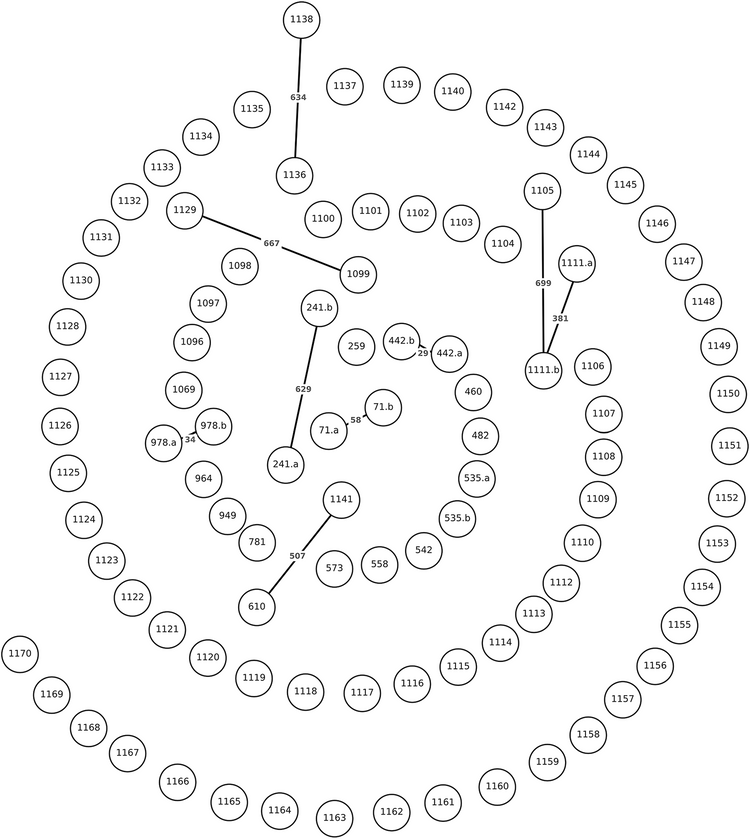High genetic diversity among methicillin-susceptible Staphylococcus pseudintermedius in dogs in Europe
Abstract
Staphylococcus pseudintermedius is a commensal and opportu- nistic pathogen of cats and dogs, mostly causing skin and soft- tissue infections and post-operative complications. Since its emergence in 1999, the proportion of methicillin-resistant S. pseudintermedius (MRSP) has been on an increasing trend in Europe, ranging from 2.0% in Finland, 16.9% in France and up to 33% in Italy [1,2]. In addition to being resistant to β-lactams, MRSP also present numerous additional antimicrobial resistances that impair antibiotic treatment. Specific lineages of MRSP are disseminating worldwide, with sequence type 71 (ST71) being the dominant lineage in Europe [3]. In parallel to MRSP, the population structure of methicillin-susceptible S. pseudintermedius (MSSP) isolates is poorly known and only a few studies reported a large genetic diversity [1,2,4]. This is an obvious knowledge gap, since the majority of infections caused by S. pseudintermedius remain susceptible to methicillin.
